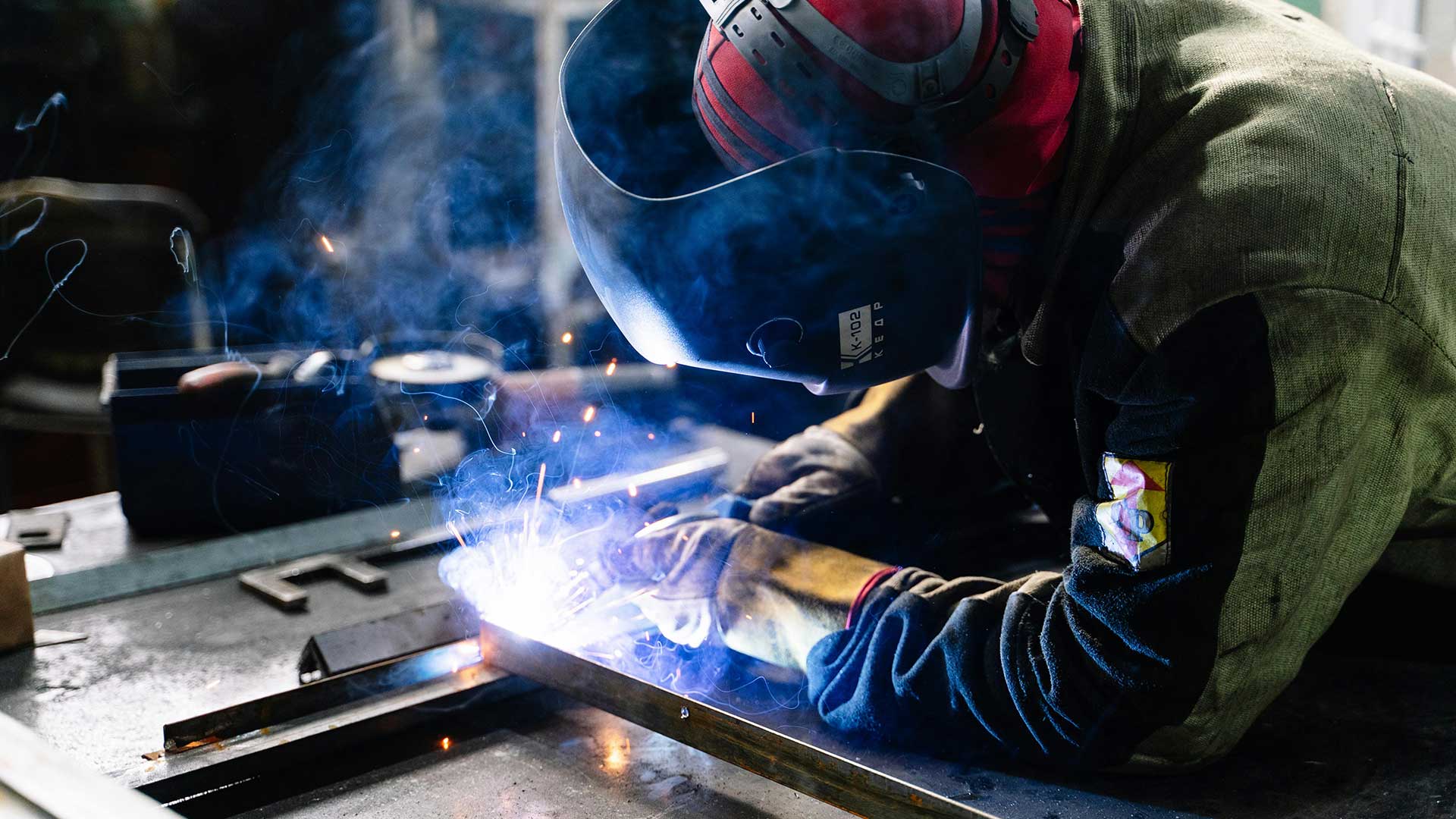China’s economic growth rate slumped to a three decade low in 2023 (5.2 percent). The International Monetary Fund expects China’s economy to slow to 4.5 percent in 2025, and decelerate further to 3.3 percent by 2029. The projections are grounded in China’s structural weaknesses, including demographics, debt, drought and decoupling.
China’s real estate market plunge, steep local government debt, and deflationary pressure continue to weigh heavily on its economy. To engineer an economic turnaround, Beijing is doubling-down on investments in industrial overcapacity and flooding global markets with low-priced high-tech exports. China’s excessive investments will not be a small wave, but rather a $450 billion tsunami over the next three years.
Fortunately, reshoring can thwart China’s overcapacity deluge. Let’s dive in.
China’s unfair trade practices were already threatening U.S. businesses and workers. China’s new overcapacity surge will depress global prices and, if left undeterred, will inhibit development of U.S. high-tech industries, enabling China to capture those sectors.
China’s low cost and high productivity are partially due to its continual over-investment for the past two decades. The first “China shock” (2000 to 2012) decimated industries worldwide, costing the U.S. alone millions of manufacturing jobs.
China’s current overcapacity push is ushering in a sequel to the first China shock, delivering a new blow of unfair Chinese competition. This can especially be seen in high-value industries such as clean energy, batteries and electric vehicles (EVs). Extreme control by China over key industries or components for key industries could undermine our national security, as demonstrated by our overdependence on essential goods from China during the pandemic.
The world is not interested in experiencing China shock 2.0.

New U.S. Tariffs on Chinese Imports Source: White House Fact Sheet
Productivity Impact
Most Chinese factories are, on average, much newer than those in the United States. China’s rapid industrial growth and government subsidized export growth have driven heavy investments. The resulting capacity and productivity undercut U.S. pricing, capacity utilization and investment, reducing U.S. market-based innovation, investment and supply chain resilience. Largely as a result, U.S. manufacturing labor productivity has increased at less than 0.5 percent per year while China’s is reported to have grown 6 percent per year.
Beijing’s export-driven policy is putting China on a collision course with national self-interests around the world. China could wind up with massive underutilization of its expanded industrial capacity. Fitch Ratings Inc., one of the big three credit rating agencies, cut China’s ratings outlook to negative in April 2024, citing public finance risks based on increasing economic uncertainty as China shifts to these new growth initiatives.
Tech behemoth Apple, is a case in point. Up until last year, China produced more than 95 percent of Apple’s products. But Apple has been urging its suppliers to shift supply chains outside of China due to that country’s human rights policies and geopolitical risk from escalating tensions between China and the U.S.
Rerouting Trade
China’s recent flood of foreign direct investment (FDI) into Mexico is largely in manufacturing facilities in regions that export to the U.S., thus representing a rerouting of trade from China through Mexico. Chinese products are being shipped to Mexico to be finalized and exported to the U.S. in an effort to take advantage of USMCA export waivers and skate around Section 301 tariffs. For example, the value of auto parts made by Chinese factories in Mexico and exported to the U.S. jumped 15 percent from 2022, to reach $1.1 billion in 2023.
Section 301 tariffs have been extended and somewhat increased and broadened. The Biden administration increased tariffs on a range of goods originating from China, including EVs, EV batteries, battery parts, semiconductors, solar cells, and other high-tech Chinese goods.
The EU’s decision to impose tariffs of up to 38.1 percent on EVs made by Chinese automakers shows that there is widespread global concern regarding heavily subsidized Chinese companies and overcapacity.
However, the U.S. still needs to find a way to avoid the rerouting of trade from China through Mexico.
Reshoring high-tech manufacturing ecosystems reduces offshore dependence and secures high-value supply chains that are vital to U.S. economic and national security. The new tariffs supplement a range of other U.S. policies that have created favorable conditions for reshoring and FDI.
The reshoring trend is being driven by U.S. policy, geopolitical risk, and by the total cost of ownership (TCO) equation. The Infrastructure Investment and Jobs Act, Inflation Reduction Act (IRA), and CHIPS and Science Act each provide funding and tax incentives to spur domestic manufacturing in industries where the U.S. has an excess dependence on imports. Companies have invested upwards of $124 billion in U.S. clean energy projects since the passage of the IRA.
Are you thinking about reshoring? For help, contact me at 847-867-1144 or email me at harry.moser@reshorenow.org. Our main mission is to get companies to do the math correctly using our free online TCO Estimator. Making sourcing decisions via TCO instead of price makes 20 to 30 percent of imports economically reshorable. By using TCO, companies can better evaluate sourcing alternatives and even make a case when selling against China shock 2.0.
This article originally appeared in Assembly Magazine and was republished with permission from The Reshoring Initiative.





